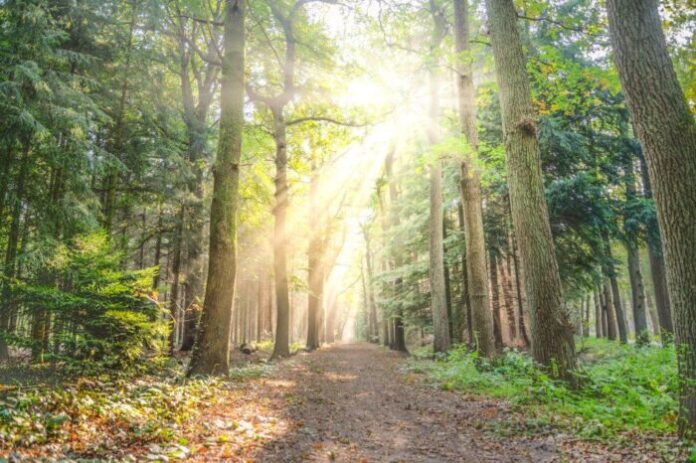
Italy ever greener: woods and forests today occupy 11.4 million hectares, almost 40% of the national surface: 9.6 million are forests, 1.8 million other wooded areas. In the last 5 years, the percentage increase is 2.9%, in the last thirty years by 25% and in the last 80 by even 75%.
This is confirmed by the latest national mapping conducted by the Italian authorities and just made public as part of the five-year review of the world’s forest heritage by FAO (the Global Forest Resources Assessment, FRA 2020 for professionals). The data, which recorded the trend of the wooded area from 2015 to 2020, were anticipated by the Sole 24 Ore and developed by a working group formed by Istat, Crea, Carabinieri Forestali and Sisef coordinated by the Directorate General Forests of the ministry of agricultural policies.
“Italian forests – explains Pompei – occupy a very large area compared to the past when agriculture was also practiced in extreme areas, such as in the period of autarchy. It is difficult to indicate a precise date but I think we have to go back a few centuries to find such a large area, “Enrico Pompei, head of the National and International Forestry Policies Office of the Ministry of Agricultural Policies (Mipaaf), told Sole 24 Ore.
Over the last five years, Italian forests have expanded significantly, gaining 270,000 hectares, something like the entire province of Modena (+ 320,000 hectares also considering wooded areas, ecosystems similar to forests such as the Mediterranean scrub). The increase was recorded in all Italian provinces except for Bolzano which has been financing mountain agriculture for some time and therefore has not witnessed the abandonment of land.
If the growth of forest and wooded areas is good news, the downside is that these areas are often not managed directly and are more prone to fires, thanks to human hands and climate change. The increase in temperatures that we have seen in recent years has generated droughts that have led to an increase in the incidence of fires.
As for biodiversity, Italian woods and forests are much richer in species than the rest of Europe. 68% of Italian forests are subtropical (oak, pine and other Mediterranean species), 32% temperate (mainly beech and alpine forests). The most widespread species is the beech with over one million hectares, followed by oak forests (also about one million hectares) and spruce with almost half a million hectares.
According to the forecasts of the Ministry of the Environment, the natural growth trend of green areas is destined to stop around 2030 due to space constraints. Therefore, it is necessary to create new green areas that are not limited only to woods but that invade our cities to bring benefits also to the inhabited centers. Projects, such as those of Stefano Boeri, are not lacking but a serious investment is needed for the planting and care of new trees so that the community can really benefit from them.



































